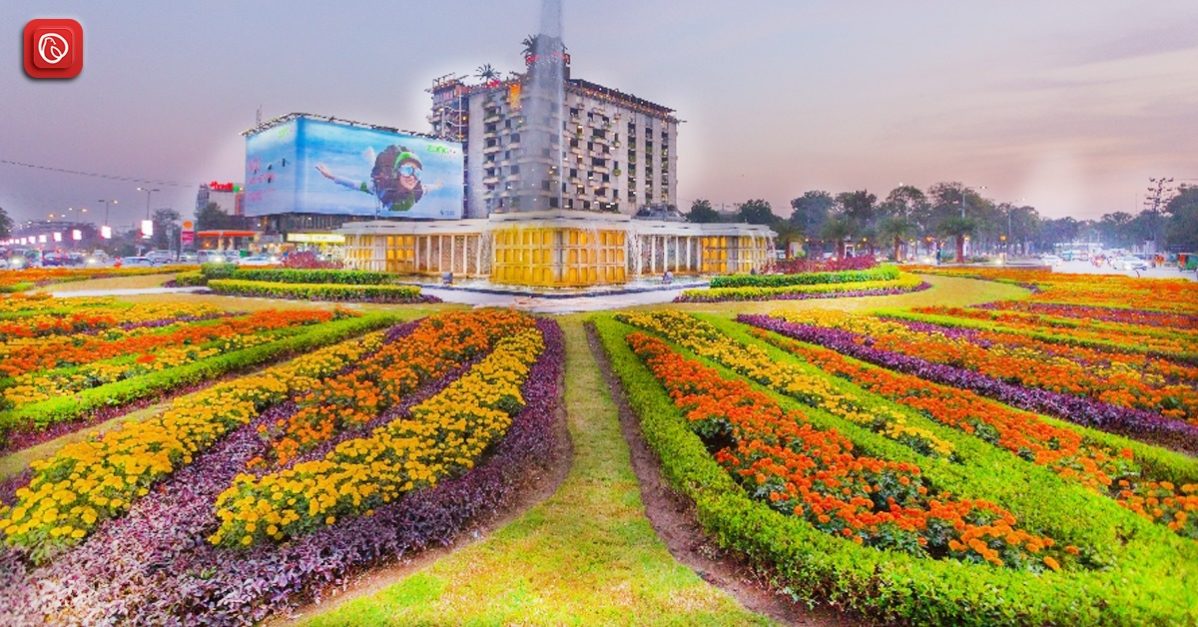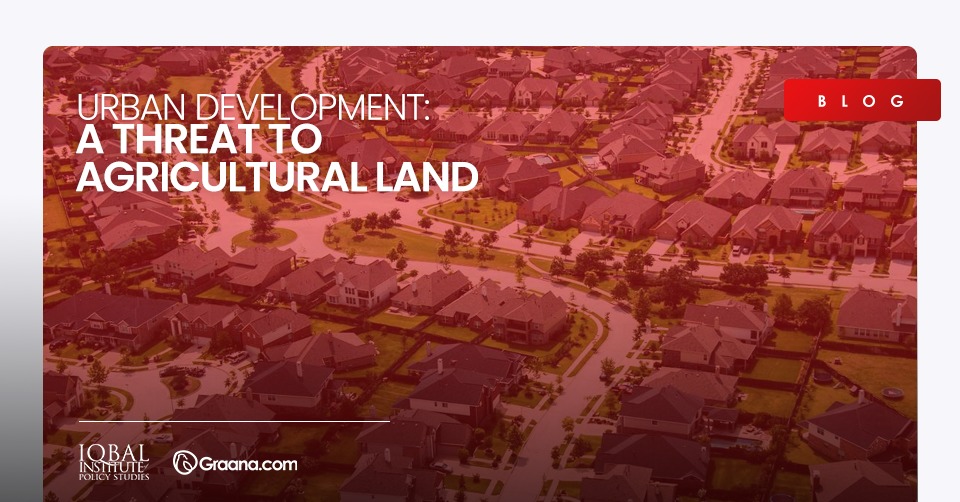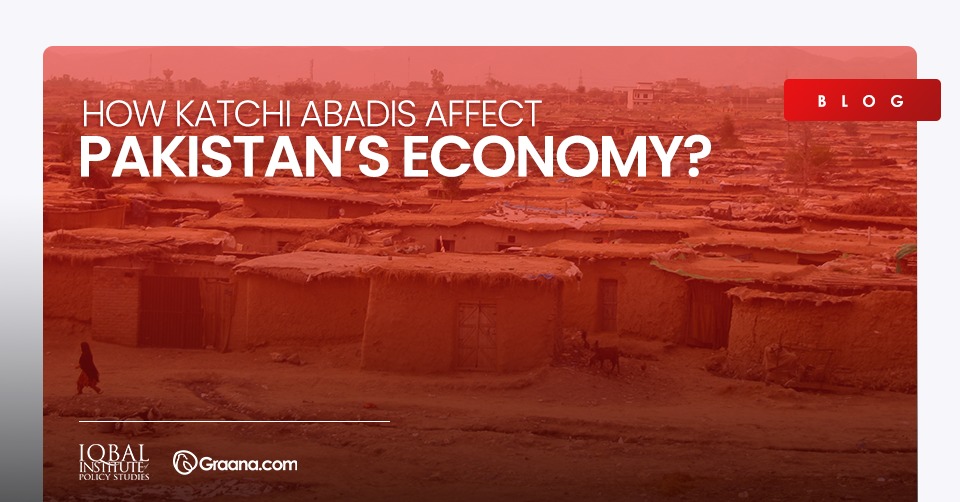Cities are becoming endless; in future, it seems that the boundaries between the cities will be diminished and there will be a single entity. This is an alarming situation since the haphazard expansion not only puts pressure on the administrative and governance structure but also hampers our natural habitats. This concept refers to the urban sprawl where the development of the cities are a response to the explosion of population, horizontal construction and mushroom growth of housing societies. The phenomenon is difficult to control particularly in developing countries since urbanization as a discipline is still in an immature state further marred by the weak regulations and laws.
Graana.com through this blog untangles the expanding urbanization in Pakistan. Urban sprawl is becoming a major issue of development and is often expelled from the course of development. Therefore, the impacts appear in the form of unregulated real estate sector and malpractices.
Migrating Population
According to the estimates, urbanization in Pakistan is expanding at the rate of 3pc per year. One of the reasons attributed to this increase lies in the migrating population from rural to urban areas. The population of Pakistan is expected to rise by 380 million by 2050 and most of the migration in urban areas is accounted in the light of increasing opportunities in the cities however, there is another interesting point been made by the researchers for the ballooning is the refugee driven migration in the urban areas due to the conflict in tribal and northern parts of Pakistan. Similarly, the crunch in water resources is also compelling the farmers to leave their adobes in search of better livelihoods in urban areas.
Diminishing Rural Areas
Another determinant that helps to comprehend the rising urbanism in Pakistan signals the emerging concept of ruralopolises. The concept pertains to the rural areas adopting the characteristics of urban areas. As per the definition of UN-Habitat, those areas qualify as urban space that has a population density of 1000 people per square mile. In light of this definition, most of the rural areas of Pakistan qualify as urban spaces. At this point, the conflict of laws and regulations come into play with regard to the rural and urban areas of the country. Since development authorities have differing regulations, therefore, issue of civic duties is evident in the rural areas. In other words, the rural areas have started to replicate the urban areas thus making it difficult to manage the problems.
Horizontal Expansion
In the list of various dilemmas, the horizontal expansion of urban cities in Pakistan has also led to the increase in urban sprawl which resulted in inefficient use of the land. Islamabad city is one of the examples where the horizontal development looked to be fascinating when the population of the city itself was low. At this point in time, the city of Islamabad is facing multiple urban challenges due to the influx of people in the city, accommodating a huge number in the capital has become a challenge as the masterplan of the city has promoted the horizontal expansion against the idea of vertical development. Researchers at various points in time have highlighted and questioned the growth of Islamabad. Against this backdrop, there needs a lesson to be learned from horizontal expansion and our cities should move to vertical development and buildings.
Lack of Urban Mobility
Urban mobility is one of the tools of sustainable development in cities. Since the cities in Pakistan are the offshoot of urban sprawl, therefore, things like an increase in travelling time, travelling costs, lack of public transportation all contribute to the issues of urban mobility. The developed countries have started to focus on the issues of urban mobility by adopting various strategies which negate the use of private transport, promotes usage of public transport, and cover small distances through bicycle. This contributes manifold to the sustainable development in the cities along with encouraging environment-friendly means of transportation.
Inadequate Spatial Planning
The outdated zoning laws also contribute to the incomprehensible urbanism in the cities of Pakistan. Owing to the weak regulations pertaining to land use in the cities, the spatial planning in the cities of Pakistan is irrational. In Islamabad, 55% of the land is designated for residential purposes while 5% of the land is designated for commercial activities. Similarly, Lahore and Karachi are facing the exponential growth of slums which highlight the inadequate spatial planning in the cities.




